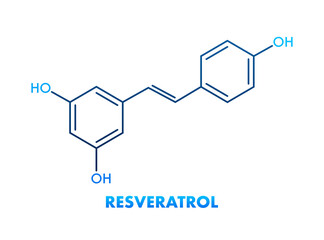Unlocking the Secrets of Longevity: The Role of Sirtuins in Aging
In the quest for a longer and healthier life, scientists have delved into the intricate mechanisms that govern the aging process. Among the key players in this fascinating field are sirtuins, a family of proteins that have emerged as potential regulators of longevity. Let’s explore the connection between sirtuins and longevity.
Understanding Sirtuins:
Sirtuins are a class of proteins that function as enzymes and have the ability to modify other proteins. Sirtuins are found in organisms ranging from bacteria to humans. These proteins play a crucial role in various cellular processes, including DNA repair, metabolism, and stress response. Of particular interest is their impact on aging and longevity.
The Sirtuin Family:
There are seven known sirtuins in mammals, labeled SIRT1 to SIRT7. Each sirtuin is associated with specific cellular functions, but SIRT1, often referred to as the “guardian of the genome,” has garnered significant attention for its role in regulating longevity. Let’s look at ways to optimize the activity of SIRT1.
SIRT1 and Caloric Restriction:
One of the most intriguing aspects of sirtuins is their activation in response to caloric restriction, a dietary intervention that involves reducing calorie intake without malnutrition. Studies have shown that SIRT1 becomes more active when the body experiences limited energy availability, leading to enhanced cellular repair and increased lifespan in various organisms.
One of the best ways to enhance SIRT1 activation through caloric restriction is to use timed eating. Timed eating, also known as time-restricted eating or time-restricted feeding, is a type of dietary approach where individuals limit their daily food intake to a specific window of time. This is a form of intermittent fasting. For example, you might choose to consume all your meals and snacks within an 8-hour window, such as from 10 a.m. to 6 p.m., and then fast for the remaining 16 hours of the day. The specific time window can vary based on individual preferences and lifestyle and should be discussed with a physician or other health professional before trying it.
DNA Repair and Longevity:
Sirtuins contribute to longevity by promoting DNA repair mechanisms. As cells age, DNA damage accumulates, leading to a decline in cellular function. SIRT1 and SIRT6, in particular, have been shown to play a crucial role in repairing damaged DNA, thereby slowing down the aging process.
Metabolic Benefits:
Beyond their role in DNA repair, sirtuins influence metabolism and energy homeostasis. By regulating key metabolic pathways, such as glucose and lipid metabolism, these proteins contribute to overall health and resilience, potentially extending the lifespan of organisms.
Resveratrol and SIRT1 Activation:
Resveratrol, a compound found in red wine and certain fruits, gained attention for its potential to activate SIRT1. While the link between resveratrol and longevity is still a subject of ongoing research, the compound has become a focal point in discussions about sirtuin activators and their potential benefits. The physicians at Synergy Longevity Centers frequently recommend supplementation with resveratrol.
Interested in learning more about longevity optimization? Book an appointment here to speak with the physicians at Synergy Longevity Centers!

